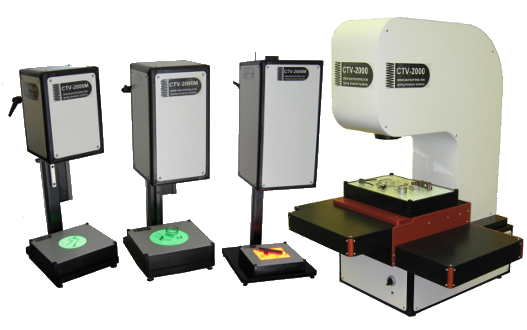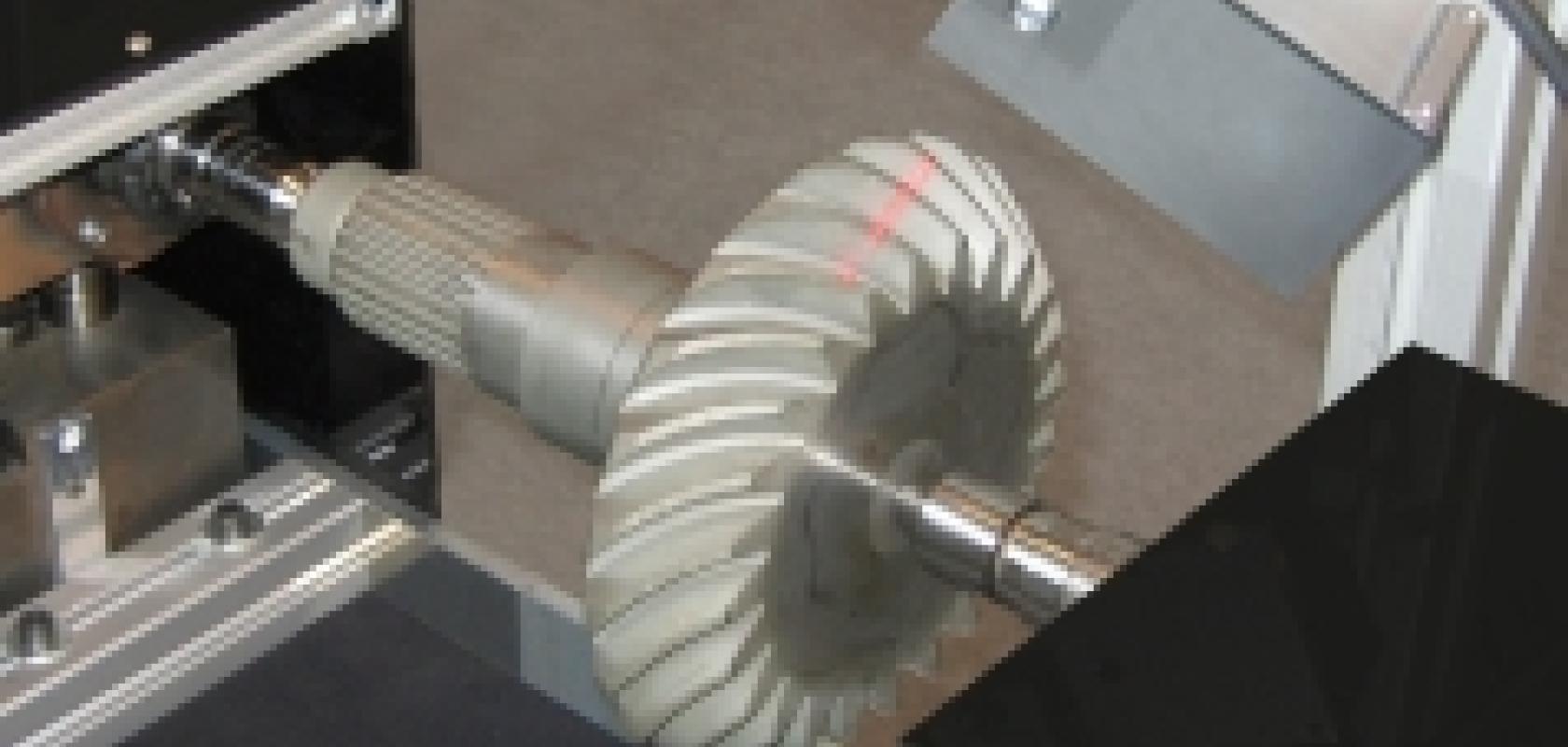The Role of Optical Measurement Solutions ahead of time Assessment Methods
Optical measurement systems have changed assessment, bringing a level of accuracy that was once unbelievable. As you discover additionally, you'll discover exactly how these systems are shaping the future of dimension and quality control.
The Development of Metrology: A Historic Viewpoint
As you check out the history of width, you'll discover that its development reflects humankind's mission for accuracy and standardization. From ancient worlds using body parts as systems of measurement to the growth of standardized weights and actions, each step shows our desire for accuracy. The Egyptians constructed the pyramids making use of precise dimensions, while the Romans advanced design with their innovative measuring tools.
During the Renaissance, scientific breakthroughs changed the emphasis toward more empirical approaches, leading the way for modern metrology. The introduction of the metric system in the late 18th century noted a substantial landmark, developing universal standards. Throughout the 20th century, technological developments further transformed metrology, enabling highly precise dimensions in different areas.
Today, metrology remains to advance, incorporating digital innovation and automation. This history highlights not just the value of measurement however additionally our relentless pursuit of boosting accuracy and uniformity in our progressively intricate globe.
Principles of Optical Dimension Equipments
Understanding the principles behind optical dimension systems is important for precise outcomes in width. You'll intend to consider basic optical principles, measurement accuracy elements, and effective system calibration strategies. Each of these elements plays an important duty in ensuring your dimensions are precise and reliable.
Basic Optical Concepts
While checking out optical measurement systems, you'll experience basic optical principles that form the foundation of exact data acquisition. Light behaves in predictable methods, and comprehending these behaviors-- like representation, refraction, and diffraction-- is important for efficient measurements. By mastering these concepts, you'll be furnished to take advantage of optical technologies efficiently, leading the method for innovations in width and guaranteeing your measurements are both repeatable and trusted.
Measurement Accuracy Factors
To achieve high dimension accuracy in optical systems, several elements come right into play, affecting the reliability of your results. The top quality of the optical elements matters considerably. Premium lenses and detectors decrease aberrations and sound, ensuring your measurements are exact. Second, environmental conditions like temperature and moisture can influence dimensions, so preserving a steady atmosphere is important. Third, the placement of the optical system is critical; also small imbalances can lead to substantial mistakes. The wavelength of light utilized effects the resolution and precision of your dimensions. By addressing these variables, you can enhance the total performance of your optical measurement systems, bring about even more reliable and exact cause your assessment applications.
System Calibration Techniques
Attaining high dimension accuracy is just component of the equation; appropriate system calibration techniques are just as important in optical dimension systems. To guarantee your system supplies dependable outcomes, you ought to frequently calibrate it utilizing standard reference products. Start by adjusting the optical parts, like lenses and mirrors, to decrease systematic errors. Next off, use known dimensions to verify the system's result and make necessary modifications. It's also crucial to represent ecological aspects-- temperature and humidity can influence measurements. Carry out a routine calibration routine to maintain consistency in time. Finally, document all calibration treatments and outcomes; this will aid you track performance and resolve any type of drift in accuracy. With these strategies, you'll improve the reliability of your optical dimension system.
Secret Technologies Behind Optical Measurement
Optical dimension systems count on numerous essential innovations that enhance accuracy and performance in metrology. One important modern technology is interferometry, which makes use of the disturbance of light waves to measure small displacements and surface area abnormalities with extreme accuracy. You'll likewise find laser scanning systems, which catch comprehensive 3D information of items promptly, making them invaluable for dimensional analysis.
Furthermore, CCD and CMOS sensing units play a substantial role in transforming light into electrical signals, enabling high-resolution imaging and exact measurements. Advanced algorithms for picture handling additionally enhance dimension precision by assessing data in genuine time, straining noise and enhancing features.
Lastly, optical fiber offer flexibility and the capacity to measure in hard environments while maintaining signal honesty. By leveraging these technologies, you can attain superior lead to your assessment jobs, ensuring that your dimensions are both dependable and accurate.
Applications of Optical Measurement in Industry
As sectors increasingly require precision and effectiveness, the applications of optical dimension systems have become important throughout numerous industries. In production, these systems help you check measurements and tolerances in real-time, making sure top quality control without lengthy manual checks. In the automotive market, optical measurements assist in lining up parts with precision, enhancing safety and security and performance.
In electronics, you're making use of optical approaches to evaluate minute features on circuit card, finding flaws that could lead to failures. The aerospace market gain from non-destructive screening techniques, enabling you to assess materials and elements without endangering their honesty.
Optical measurement additionally plays an essential duty in fabrics, making sure textile measurements satisfy specific specifications. optical measurement. With their capability to provide high-resolution data promptly, these systems equip you to make enlightened choices, enhance processes, and eventually drive technology across your market
Enhancing Accuracy and Performance in Measurements
When you assume regarding boosting accuracy in dimensions, precision in your dimension methods is important. By streamlining these procedures, you can accomplish quicker outcomes without giving up quality. Let's discover just how embracing sophisticated optical dimension systems can boost both accuracy and performance in your work.
Accuracy in Dimension Methods
Accuracy in dimension techniques is necessary for attaining trusted results in assessment, specifically given that little inconsistencies can lead to considerable errors. By using innovative optical dimension systems, you can boost the precision of your dimensions. In addition, precise dimensions allow you to keep quality control, ensuring that items fulfill rigid specifications.
Enhancing Dimension Processes
To boost accuracy and efficiency in measurements, simplifying your his comment is here measurement procedures is essential. Start by adopting optical measurement systems that give real-time data, reducing the moment spent on manual recording. These systems frequently integrate seamlessly with existing software, permitting you to automate information collection and evaluation.
Next, systematize your measurement protocols. By applying constant treatments, you decrease variability and enhance repeatability. Do not Source fail to remember to routinely calibrate your tools to ensure its precision.

The Influence of Optical Measurement on R & D
As scientists venture to press the limits of development, optical measurement systems have ended up being vital devices in the growth process. These systems offer you with accurate, real-time information that improves your capacity to assess complicated products and frameworks. In various areas, from biotechnology to aerospace, you count on optical dimensions to enhance and maximize designs product performance.

With high-resolution imaging and non-contact techniques, you can reduce example disturbance, enabling more accurate outcomes. This ability to capture minute information increases your R&D cycle, letting you repeat designs promptly and effectively. Furthermore, optical measurement fosters partnership throughout self-controls, as the information generated is often quickly interpretable and shareable.
Eventually, integrating optical measurement systems into your research study not just enhances productivity however additionally deepens your understanding of the sensations you study. By leveraging these innovative techniques, you're much better outfitted to innovate and stay in advance in a competitive landscape.
Future Fads in Optical Dimension Equipments
With the rapid development of modern technology, you're most go to website likely to see significant changes in optical dimension systems that will redefine their application throughout various industries. You'll observe an action toward raised automation and combination of fabricated intelligence, allowing for real-time data evaluation and enhanced accuracy. Miniaturization is one more trend; portable tools will allow dimensions in tighter spaces, making them excellent for fields like aerospace and biomedical applications.
Anticipate to see systems that can run in tough settings, offering reputable measurements in extreme problems. As these technologies converge, you'll locate that optical dimension systems not only boost accuracy yet likewise enhance workflows, inevitably driving technology and effectiveness in your tasks.
Regularly Asked Inquiries
Exactly How Do Optical Measurement Equipments Compare to Traditional Measurement Techniques?
Optical dimension systems use higher precision and faster results compared to traditional methods. You'll discover they catch even more information factors precisely, lowering human error and increasing reliability, making them a preferred selection in different applications.
What Industries Advantage A Lot Of From Optical Measurement Solutions?
You'll locate industries like aerospace, automotive, and electronics profit most from optical dimension systems. These sectors depend on accurate measurements to assure quality and efficiency, boosting performance and decreasing expenses via advanced modern technology.

Are Optical Measurement Equipments Expensive to Implement?
Optical measurement systems can be costly to carry out, however their accuracy and effectiveness commonly validate the expense. Buying such technology can bring about significant lasting cost savings and improvements in high quality throughout different applications.
What Skills Are Required to Operate Optical Measurement Equipments?
To operate optical measurement systems, you'll need strong analytical skills, attention to detail, and proficiency in software application tools. Familiarity with optics and an understanding of measurement principles will certainly also improve your effectiveness and efficiency.
Just How Do Environmental Aspects Influence Optical Measurements?
Ecological factors like temperature, moisture, and air high quality can distort optical measurements. You'll observe variants in accuracy as a result of light interference or refraction. optical measurement. Keeping secure conditions is necessary for specific and dependable optical measurement outcomes
Conclusion
In recap, optical measurement systems are reinventing width by offering unrivaled accuracy and performance. By utilizing innovative principles and technologies, these systems boost accuracy while lessening disturbances in numerous industries. As you check out future patterns, you'll see exactly how the integration of AI and automation will proceed to elevate measurement methods, driving development and improving quality assurance. Accepting these advancements will certainly be important for remaining affordable and attaining excellence in your field.
Accomplishing high measurement precision is only part of the equation; proper system calibration strategies are equally important in optical measurement systems.When you think concerning improving accuracy in dimensions, accuracy in your dimension strategies is necessary. By using advanced optical measurement systems, you can improve the precision of your measurements.To boost accuracy and efficiency in dimensions, improving your dimension procedures is necessary. How Do Optical Measurement Solutions Compare to Standard Dimension Techniques?